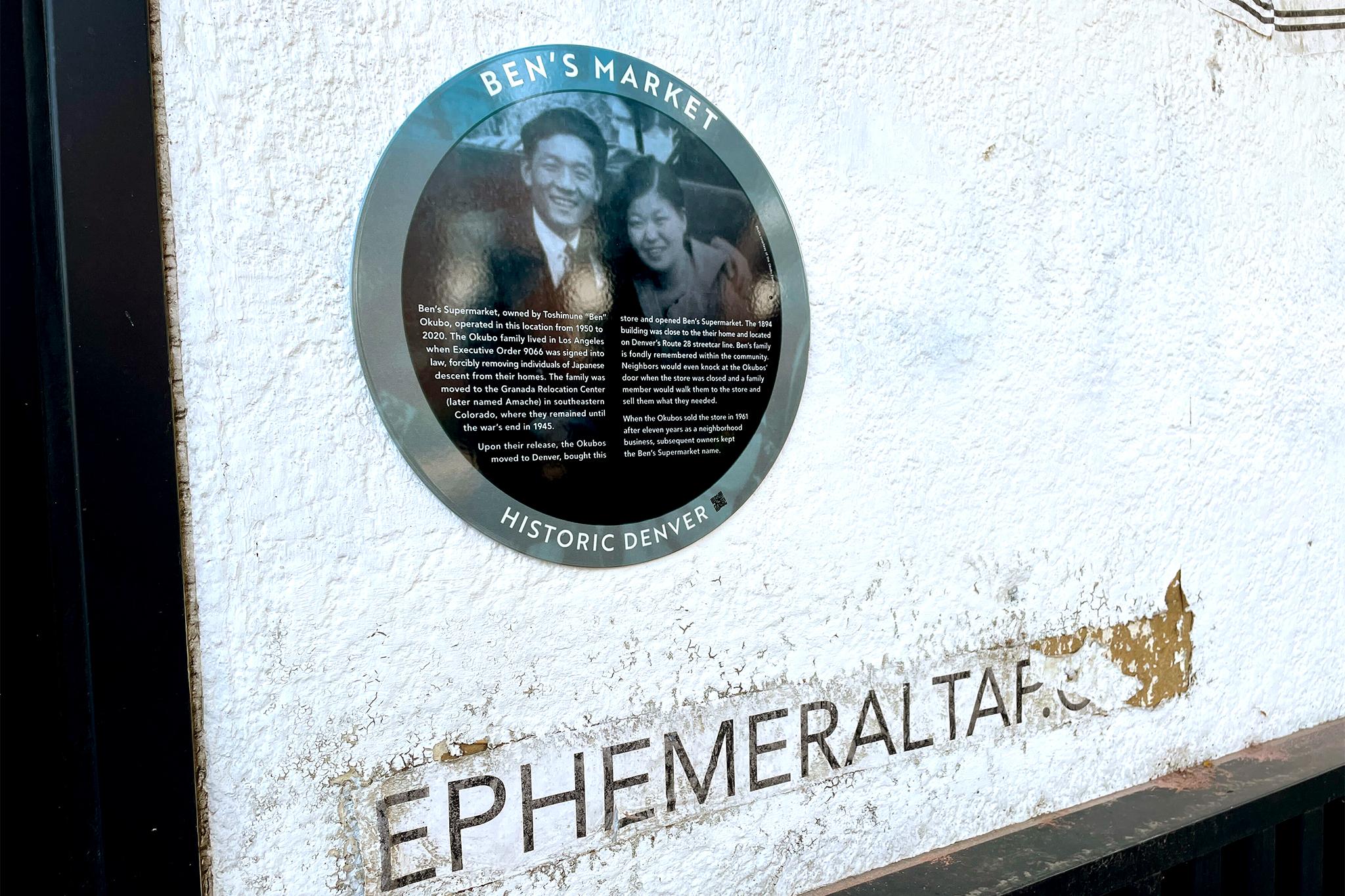Colorado's fourteenth highest peak honors a guy whose administration was responsible for the murder of Native American children, women and men in 1864. Now there's an effort afoot to rename Mt. Evans for the victims of the Sand Creek Massacre instead.
The slaughtered were members of the Cheyenne and Arapaho tribes who had been living peacefully about 170 miles southeast of Denver when they were attacked by 675 troops armed with 12 howitzers. Troops were looking for hostile indigenous tribes, but couldn't find them. The massacre, which was led by John Chivington, occurred under the leadership of John Evans, the former governor of the Colorado territory and its superintendent of Indian affairs.
Kate Tynan-Ridgeway, a Denver elementary school teacher, applied to change the name to Mt. Cheyenne Arapaho.
"I feel a little conflicted because I'm a third generation (Coloradan) white woman ... but I never knew the history of John Evans," Tynan-Ridgeway said in an interview. "And so I learned about the Sand Creek Massacre and his role, and I was offended that our beautiful landmark was named after him."
The U.S. Board of Geographic Names dictates the names of mountains and forests (among other things). It's part of the United States Geological Survey -- the federal agency behind the restoration of Mt. Denali's original name, for example. Tynan-Ridgeway asked the USGS to consider the new name in June.
The mountain -- home to North America's highest paved road -- is in Clear Creek County, about a 50-mile drive from Denver. But the USGS is consulting Denver Parks and Recreation because the city manages Summit Lake Park on the mountain. The department's resident-led advisory board was briefed on the potential name change this week.
"(USGS) wants to know if we support or do not support this name change," said Cynthia Karvaski, a Parks and Recreation spokesperson. "We're looking right now at supporting the name change, however, not necessarily this specific name change."
The federal agency did not return requests for comment.

Rick Waters, co-executive director of the Colorado Indian Center, said he supports the name change.
"Although I often say that we cannot change the past, changing the name to reflect and recognize original inhabitants of this land would help bring about awareness that Indian people are still here," Waters said in a statement. "The act would also complement the formal apology from Gov. Hickenlooper on behalf of the state of Colorado, for the disgrace of the Sand Creek Massacre."
The Utes (and probably other tribes) lived around Mt. Evans, complicating the issue a bit.
Members of the Denver American Indian Commission have raised questions about the name, Karvaski said, because the Cheyenne and Arapaho tribes were not the original inhabitants of the Mt. Evans area. The Utes and possibly others were. Darius Smith, the liaison for the commission, did not return requests for an interview.
Tynan-Ridgeway is all about some kind of joint naming that might be more appropriate.
"I'm personally not vested in the new name, but I'm really vested in getting rid of John Evans' name from that mountain," she said.













